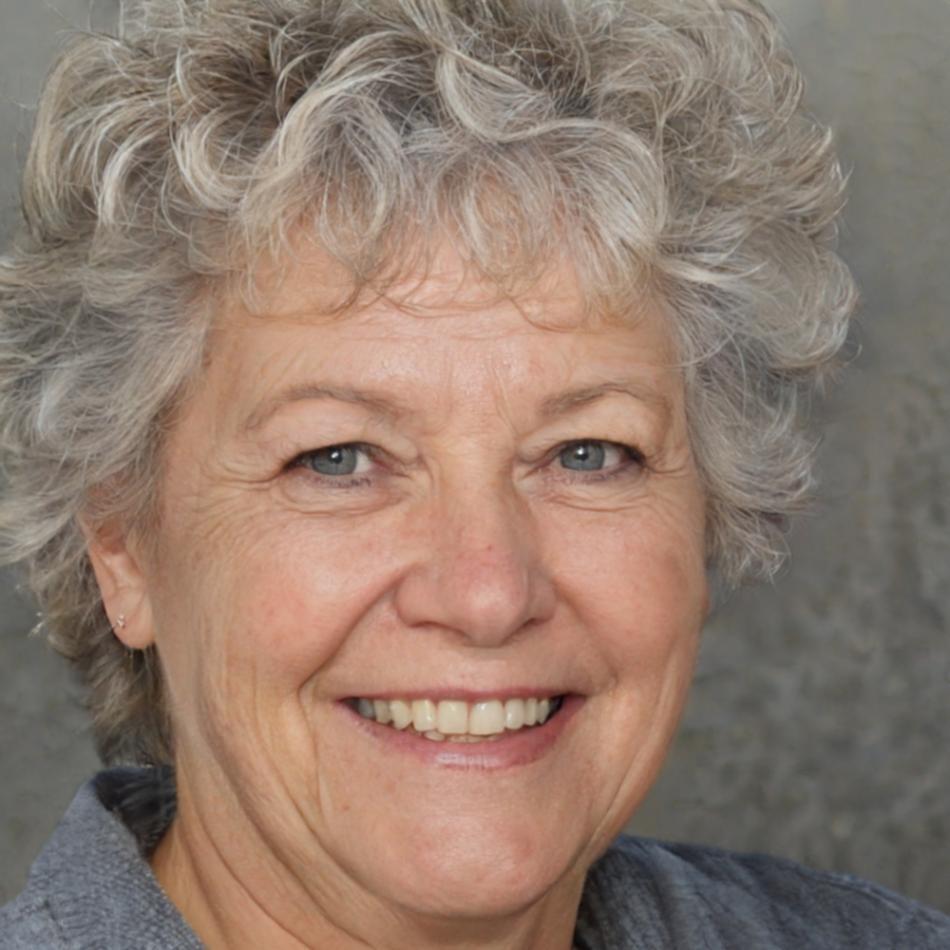We Started with a Simple Question About Money
Back in 2019, Sloane Rafferty was working with small business owners around Newcastle. She kept seeing the same pattern—people making decent money but completely lost when it came to understanding where it was actually going. Not through lack of trying, mind you. The tools just weren't speaking their language.
So azitaviranovorisavor began as an experiment. What if we could teach financial literacy through the lens of what people already understood—their own spending habits? Instead of starting with theory and working toward practice, we flipped it. Start with your transaction history. See the patterns. Then understand why they matter.
Six years later, we're still asking questions. Still learning from the people we teach. And still convinced that budget analysis isn't about restriction—it's about awareness.

What Drives Us
Teaching People to Read Their Own Financial Story
Here's what we believe: most financial education gets it backwards. It starts with budgeting rules and savings percentages before people even understand their current reality. We think you need to see your patterns first. The habitual morning coffee runs. The subscription creep. The weekend spending that feels invisible until it's laid out over three months.
Our approach focuses on trend analysis because trends tell stories. And stories stick in ways that spreadsheet formulas never will. When someone sees their food delivery spending visualized over a year—really sees it—that's when change becomes possible. Not because we told them to change, but because understanding creates its own motivation.
We're not here to judge anyone's financial choices. We're here to make those choices visible, understandable, and connected to larger patterns. Everything else follows from that foundation.

How We Actually Teach This Stuff
We've developed a learning methodology that focuses on analysis skills rather than blanket advice. Because your financial situation isn't the same as your neighbor's, and your learning process shouldn't be either.
Pattern Recognition First
We start with your actual transaction data—or simulated data if you prefer privacy during learning. You'll spend the first few sessions just identifying patterns. No judgment, no goals yet. Just observation. This builds the foundational skill that everything else depends on.
Contextual Analysis Skills
Once you can spot patterns, we teach you to analyze them within your specific context. What's normal for a freelancer looks different from what's normal for someone with steady salary income. We help you develop your own analytical framework rather than imposing ours.
Trend Projection Practice
The real power comes from learning to project trends forward. If your grocery spending has increased 8% each quarter for the past year, what does that mean for your budget six months from now? We teach the math, but more importantly, we teach the thinking behind it.
Decision Framework Development
The final piece is building your personal decision framework. When you understand your patterns, can analyze them in context, and project trends, you're ready to make informed financial decisions. Not perfect ones—nobody makes those—but informed ones.



Sloane Rafferty
Founder & Education Lead
Former accountant turned financial educator. Developed the pattern-recognition methodology we use today.
Built by Someone Who's Been There
Sloane spent eight years doing traditional accounting work before realizing that most people didn't need an accountant—they needed to understand their money better. Her background in data analysis combined with her experience working directly with individuals and small businesses shaped azitaviranovorisavor's entire teaching philosophy.
The team has grown since 2019, but we've stayed small on purpose. Currently, we're four people: Sloane handles curriculum development, Darrick manages our learning platform, Eileen works with students one-on-one, and Winton keeps our financial analysis tools running. Everyone here has worked in finance before moving into education. That practical experience matters when you're teaching people about real-world money management.
-
We've worked with over 840 students since opening, from university students setting up their first budgets to retirees managing complex investment portfolios
-
Our learning programs run throughout the year, with new cohorts starting in March, July, and November 2025
-
We maintain a student-to-instructor ratio that allows for individual feedback on your specific financial patterns and analysis work